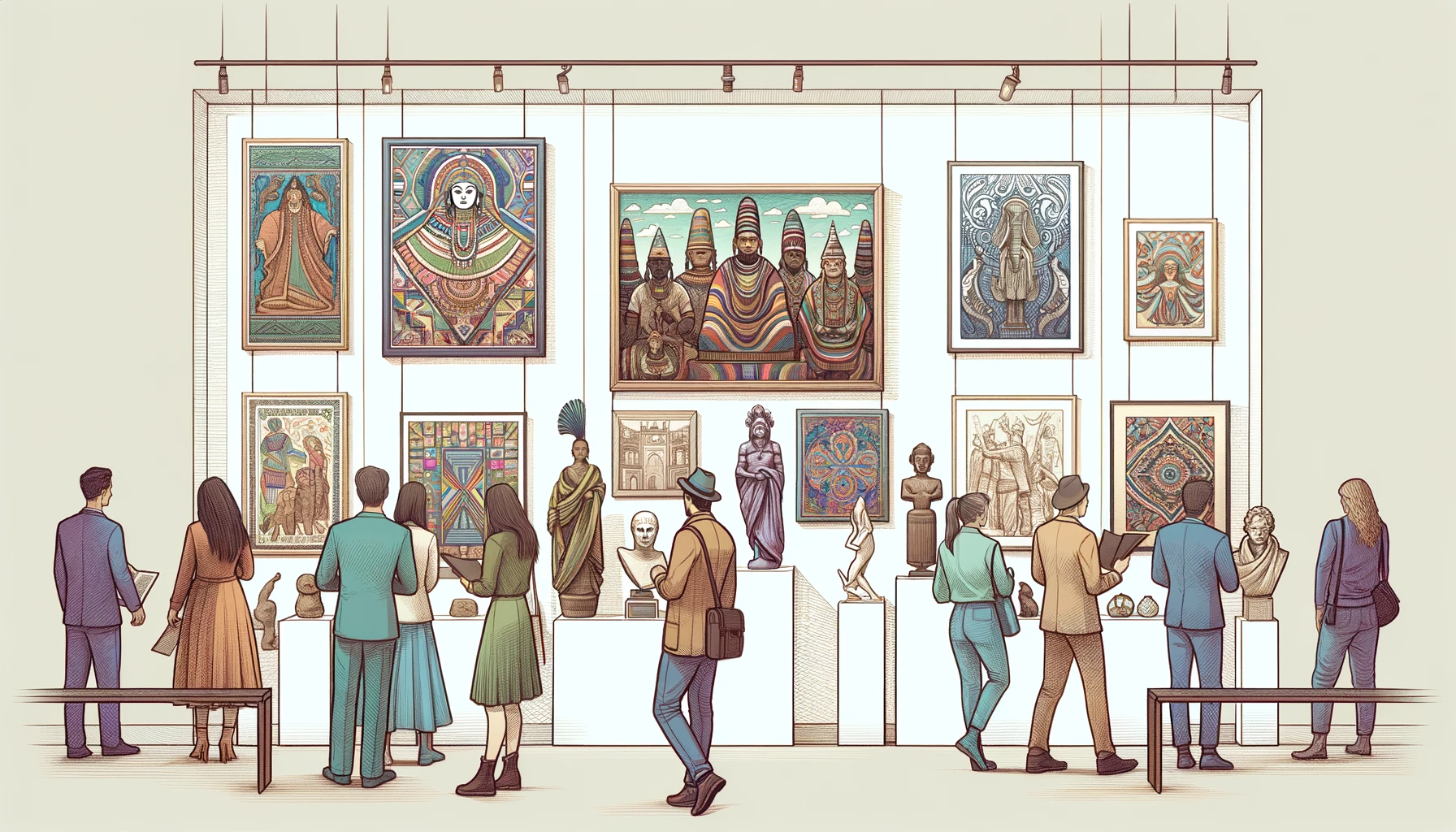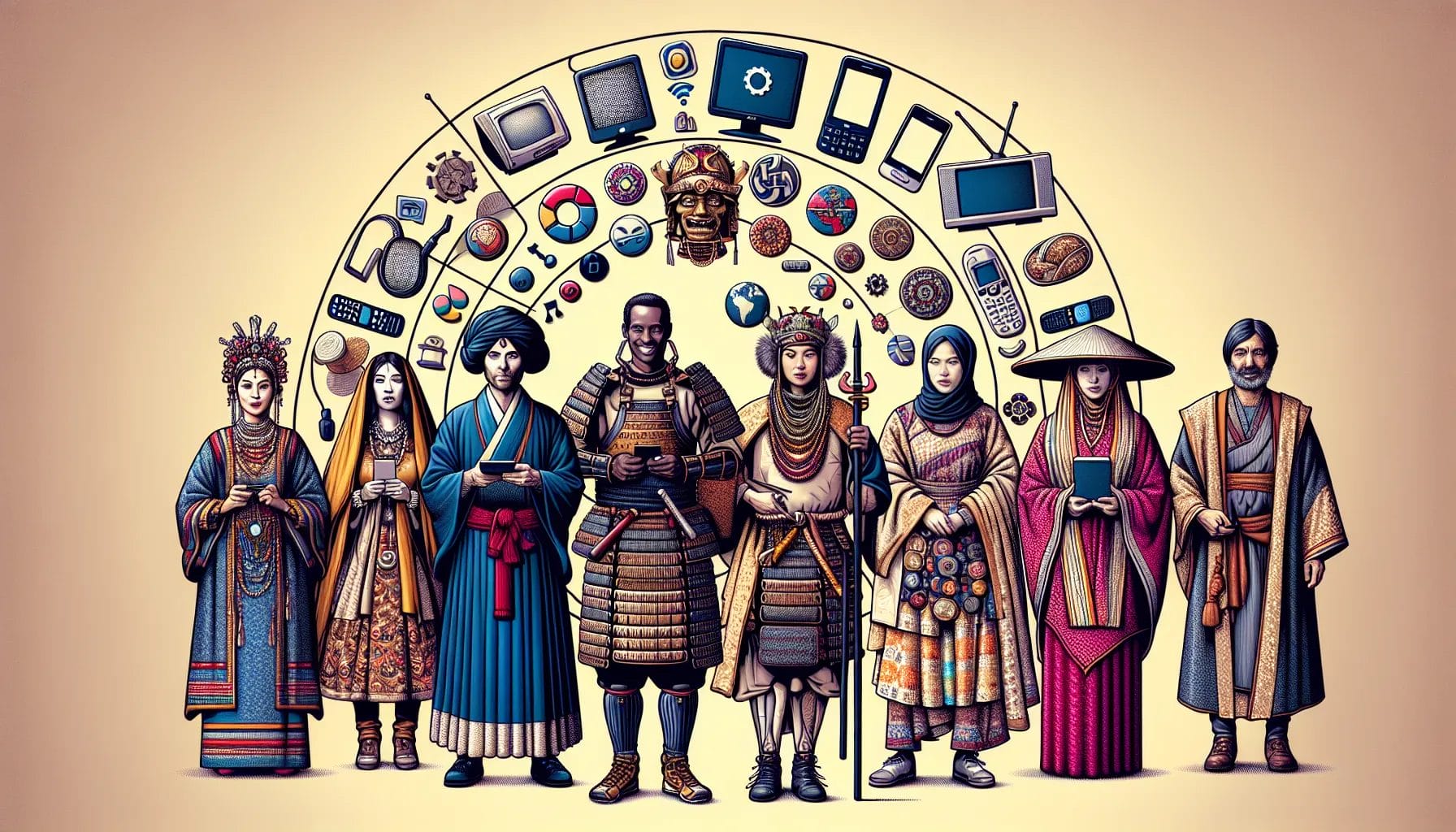Exploring the Tapestry of Culture: Connecting Traditions, Identity, and Global Influence
Culture is the heartbeat of humanity. It defines who we are, where we come from, and how we interact with the world around us. It encompasses not only the traditions, customs, and values that we inherit but also how they evolve, adapt, and intertwine with global influences. The study and appreciation of culture offer a deeper understanding of human diversity and the complexities that shape societies across the globe.

What Is Culture?
Culture is the collective expression of a group’s beliefs, practices, customs, and shared experiences. It includes a broad range of elements that shape our lives:
- Language: The most fundamental form of communication, language carries a group’s history, ideas, and values.
- Art and Music: Creative expressions through art, music, and literature are powerful representations of cultural identity and historical narratives.
- Religion and Beliefs: Spiritual practices and philosophies guide how communities understand their place in the world and interact with others.
- Cuisine: Food traditions are a rich part of cultural identity, revealing insights into geography, history, and societal customs.
- Social Structures: Family roles, societal norms, and laws define how individuals relate to each other and the broader community.
The Role of Tradition and Identity
Cultural traditions play an essential role in shaping individual and collective identities. These customs are passed down through generations and serve as markers of belonging within a community. From annual festivals to family rituals, traditions provide a sense of continuity and purpose. They offer stability in times of change and help individuals connect to their heritage.
Cultural identity is often tied to nationality, ethnicity, and shared history, but it can also be shaped by personal experiences, migration, and exposure to other cultures. As people move across borders and interact with others, their cultural identities can blend, creating dynamic, multi-faceted experiences that reflect the globalized world.

Globalization and Cultural Exchange
In today’s interconnected world, cultures are increasingly influenced by one another. Globalization has facilitated the exchange of ideas, art, technology, and traditions across borders. While this can lead to the blending of cultural practices, it also raises important questions about cultural preservation and the impact of homogenization.
For example:
- Food: The popularity of sushi, pizza, and tacos around the world illustrates how food transcends borders and brings people together. Yet, these foods are adapted and personalized based on local tastes and ingredients.
- Fashion: Clothing trends from different cultures often intersect, creating a fusion of styles. The global fashion industry draws inspiration from a wide range of cultural expressions.
- Technology and Media: Movies, music, and digital content flow freely across the globe, with cultures influencing one another in a dynamic exchange. Hollywood’s influence on global cinema and the rise of K-pop are just a few examples of how cultural forms spread.
Despite the blending, many communities strive to protect their unique cultural identities. The preservation of indigenous languages, traditional crafts, and customs becomes increasingly important in a world where cultures can quickly become diluted or lost in the tide of modernization.
The Impact of Cultural Diversity
Cultural diversity enhances creativity, fosters innovation, and enriches societies. By appreciating cultural differences, we gain insight into the diverse ways people think, live, and problem-solve. Cultural diversity is also vital in addressing global challenges, as it encourages collaboration and learning from various perspectives.
- Workplaces: Multicultural teams bring diverse skills, problem-solving approaches, and innovative ideas, which can lead to greater success in today’s global economy.
- Education: Exposure to different cultures broadens students’ horizons and cultivates empathy and understanding across borders.
- Social Cohesion: Embracing cultural diversity strengthens social bonds, fosters inclusivity, and helps build harmonious, resilient communities.
Challenges and Opportunities
While the blending of cultures offers many benefits, it also presents challenges. Issues like cultural appropriation, loss of indigenous traditions, and the dominance of certain cultural narratives can lead to tensions. The need to respect and protect cultural diversity is critical in ensuring that all cultures have the space to flourish.
Moreover, with the rise of global communication and travel, individuals have more access than ever to cultures other than their own. This fosters a greater sense of global citizenship but also calls for a deeper understanding of cultural differences and an awareness of the need for respect and inclusivity.
Building an Inclusive Global Culture
To truly appreciate the richness of global cultures, it’s essential to approach cultural exchange with respect, open-mindedness, and curiosity. Education, travel, and dialogue play key roles in breaking down stereotypes and fostering cross-cultural understanding.
A commitment to inclusivity and the protection of cultural heritage ensures that cultures continue to thrive and contribute to the world in meaningful ways. By valuing both the uniqueness and shared humanity within cultures, we can build a more connected and compassionate world.
Conclusion.
Culture is not just a collection of customs; it’s a living, evolving expression of who we are as individuals and as a global community. From the traditions that define us to the new ways we adapt and blend with others, culture shapes our daily lives in profound ways. Understanding and celebrating the tapestry of culture enhances our appreciation of both our differences and our commonalities, helping us create a world that honors diversity while fostering unity.


You must be logged in to post a comment.